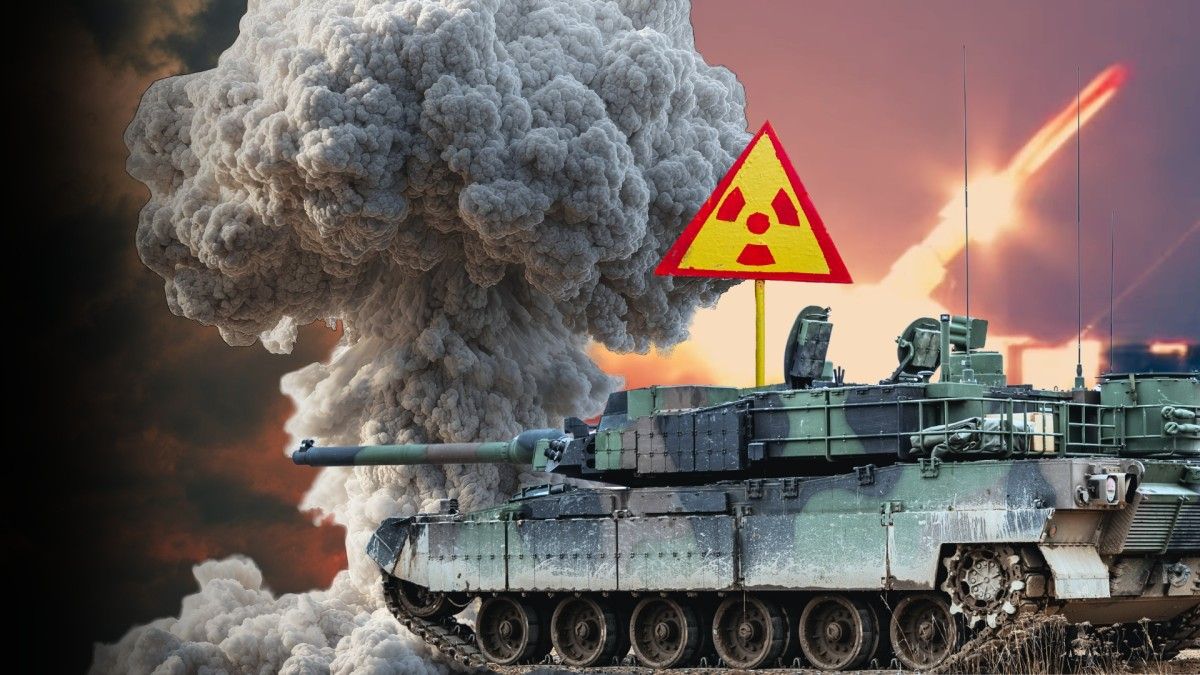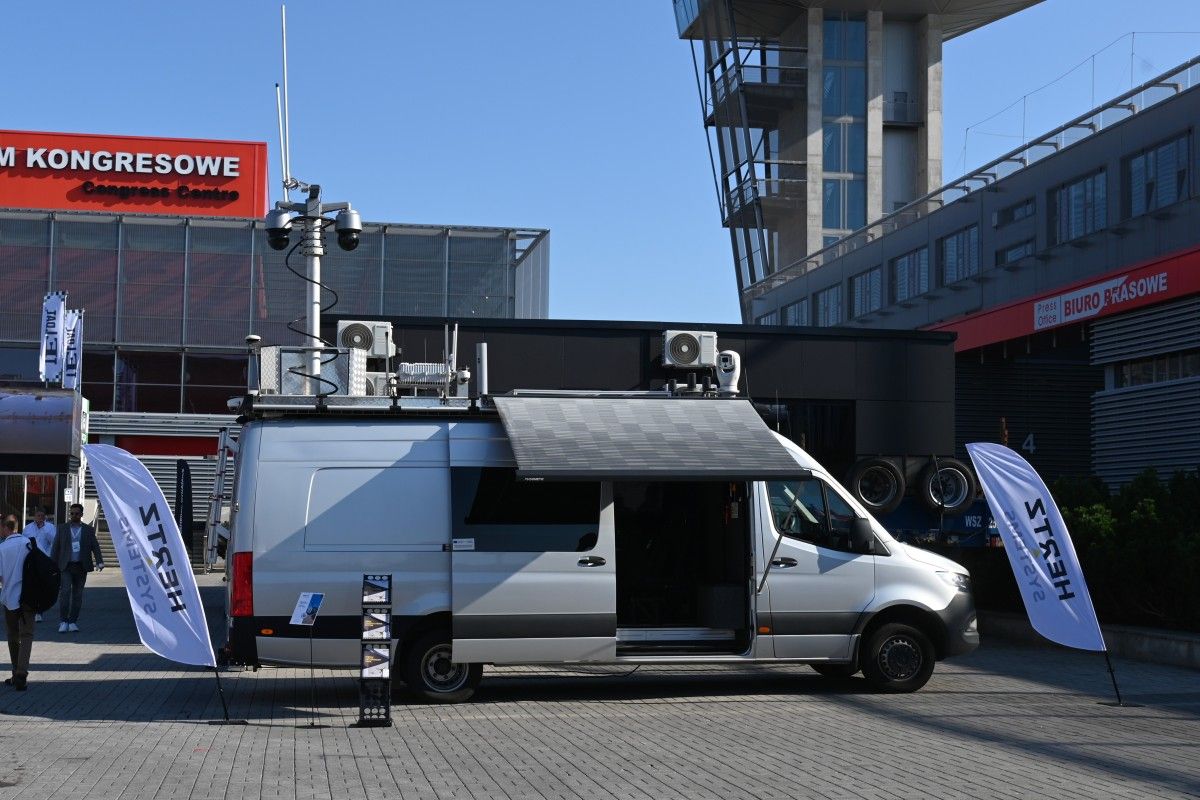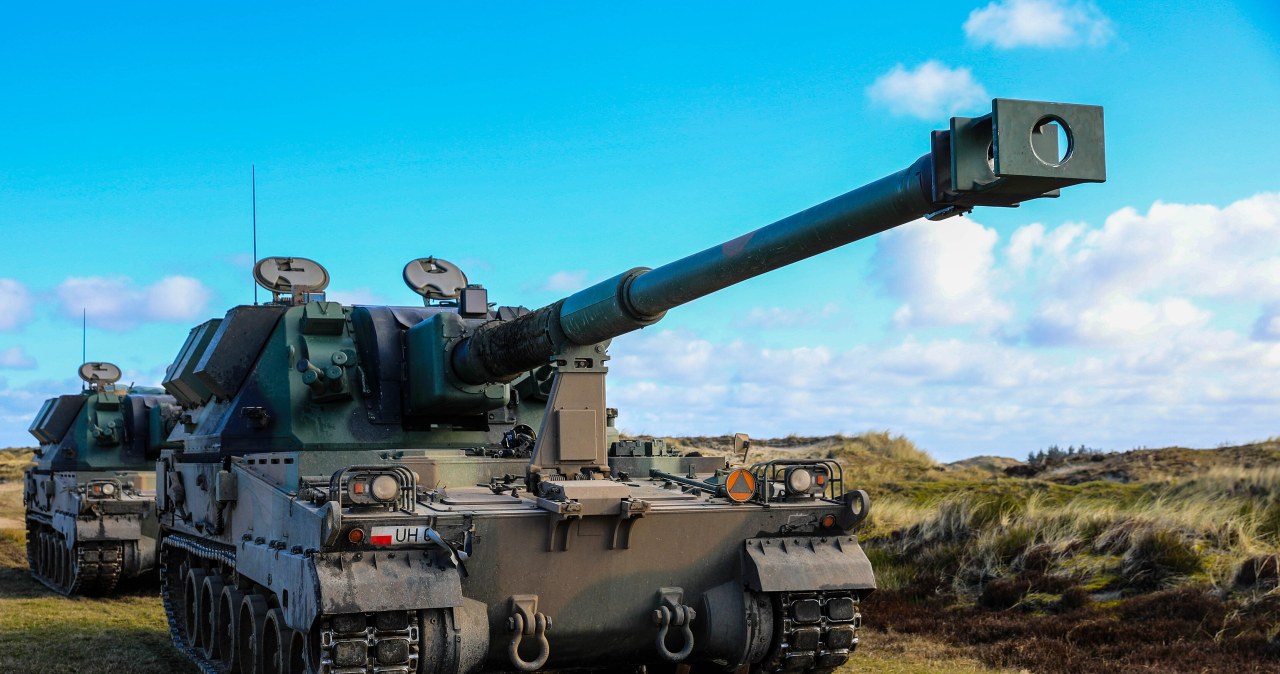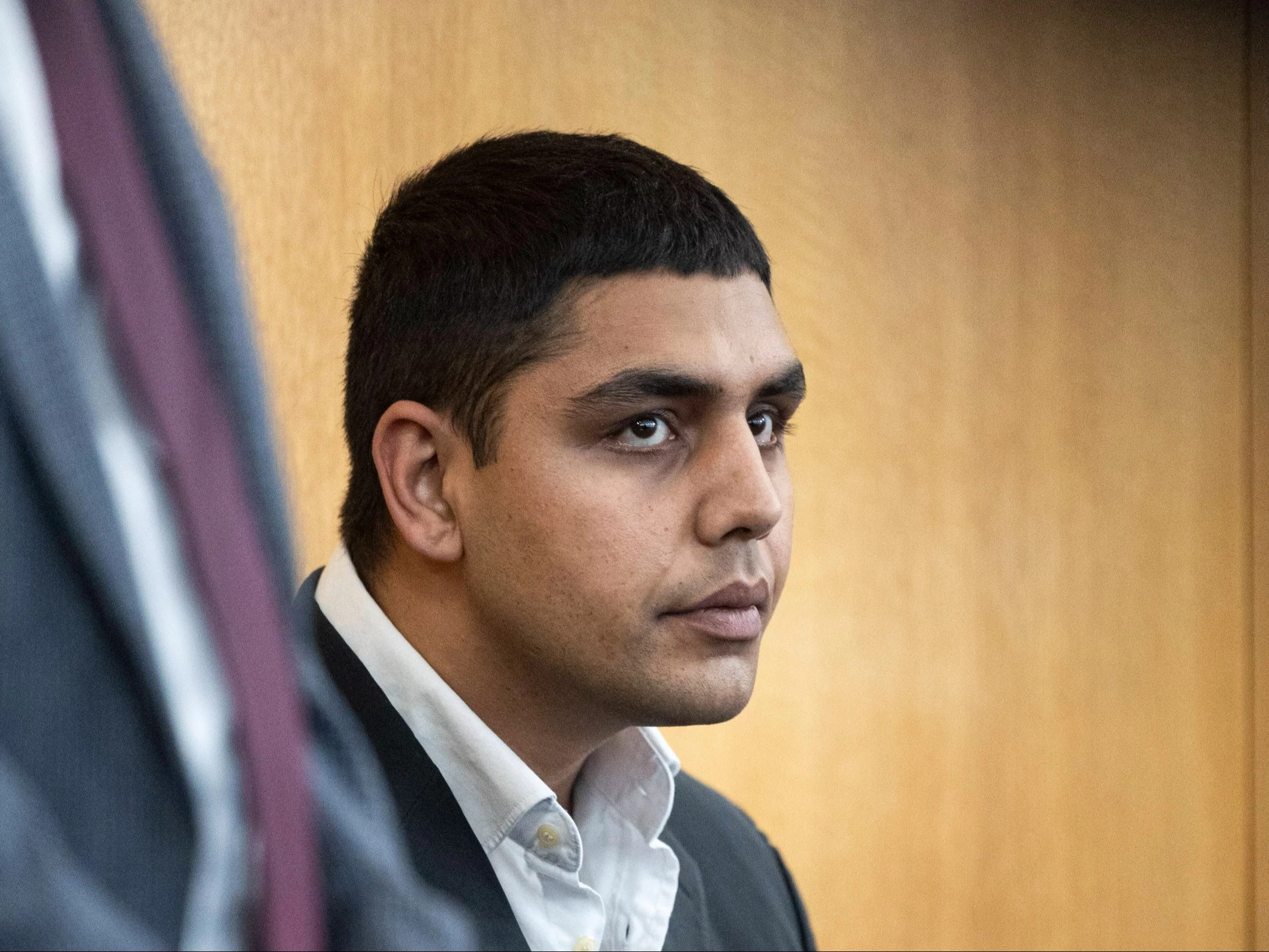To pave the way for landing ships and ships with humanitarian aid – specified tasks have rested on the antimine forces active in the Natovian “Dynamic decision ”24 maneuvers. And while the sailors were operating in virtual reality, this in the smallest item reflected the real world.
Several twelve sailors from 10 NATO states drove to the Italian La Spezia. Among them were Poles from 8 Coast Defence Fleets. The exercises besides featured observers from Georgia, Ukraine, Japan, Iraq and Jordan. "Dynamic Move" participants formed units of respective levels. At the top of the ladder was Task Force, which was subdued by Task Group. It was led by the commander. SNMCMG2, i.e. 1 of 2 permanent NATO mine defence teams. He in turn had 3 task forces (Task Units), led by officers from Belgium, Greece and Poland.
Each squad was given considerable force. – 4 mine mines, 1 trawler, a supply ship, and 4 helicopters and 2 submarines – mentions Captain Mar. Marcin Krzydziński, in charge of 1 of Task Units. However, it was not the equipment invented for virtual gameplay. All ships, helicopters and vehicles had prototypes in the real world, and hence circumstantial possibilities and limitations. squad commanders planning further tasks had to take this into account. An example? – In Task Unit, we had helicopters corresponding to MH-60 parameters, and besides American pilots, who very accurately calculated for us how long specified a device can be in the air under certain atmospheric conditions, or what cargo at the minute it can carry. erstwhile we left the submarine for the sea, we remembered that the mission should be planned for a maximum of 5 hours, due to the fact that for the next 5 devices should be loaded – says Captain Mar. Krzywdziński.
The division where the task force was operated was filled with fictional names. However, geographical reality indicated that it was the region of Estonia and Finland. The participants had to track down and neutralize the minesteads set by the opponent, thus paving the way for the landing forces, as well as for ships carrying humanitarian aid. The task was not easy, especially as the situation changed as in the kaleidoscope. “One day, for example, we were clearing our approach to the port where our supply units would wrap the next day. Soon, however, we were informed that the complex was attacked by terrorists and would be out of usage by the end of the exercise. So the command had to look for another solutions – says Capt. Mar. Krzydziński.
But that is not the end. During this year's edition of the exercise, organizers placed a peculiarly strong emphasis on the protection of critical infrastructure. We had to pay close attention to underwater cables, wind farms or oil industry-related installations that were in the band's operating area. one more time we received signals that a ship with an AIS recognition signal disabled appeared in the vicinity of 1 or another object. all time it was essential to check it – explains Captain Mar. Krzydziński.
The script of the exercise was prepared by experts from MARCOM, or Natów's naval command. They besides watched over its course. any of the tasks were assigned to 2 officers from Poland. another representatives of the Polish Navy, like Captain Mar. Krzydziński, they were assigned to task force. “There are 2 of our representatives in each of them,” says Capt. Mar. Krzydziński. For these six, participation in Dynamic decision was another phase of preparation for SNMCMG1 missions. It will begin next year. "It is very crucial for NATO to show the possibilities of combating mine threats in a very different environment, with the cooperation of representatives of different nationalities. During "Dynamic Move", we had the chance to make appropriate procedures. These capacities are crucial to maintaining freedom of navigation. Thanks to them, we can safe even the movement of commercial vessels so crucial to our communities – he summarized in a conversation with MARCOM press services, kmdr John Saussez, a Belgian officer who served as the commander of task force during the exercise.











